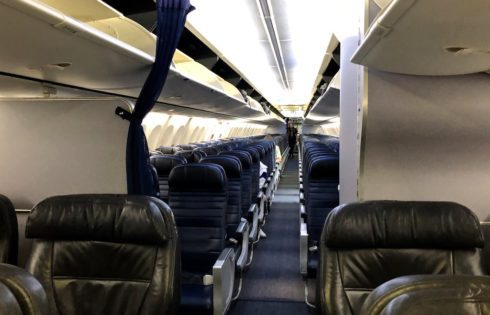
8 Ways to Know (Or Guess) if Your Plane Is Going to be Full
Knowing if your flight is going to be full can be very helpful for people who have special requests or are just curious as to what to expect on the

Knowing if your flight is going to be full can be very helpful for people who have special requests or are just curious as to what to expect on the

You’ve probably heard of TSA fining people for bringing certain prohibited items through airport security. But how does that process actually work? Can TSA really slap a fine on you
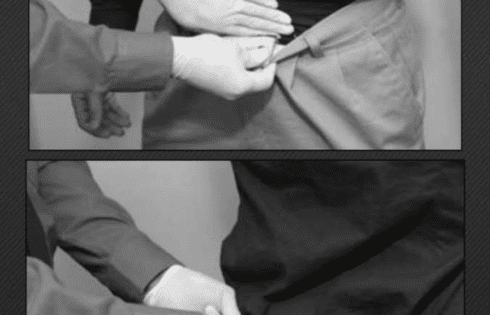
When it comes to pat downs, TSA doesn’t have the best reputation and it’s one of the reasons why it’s even earned the nickname of “Touching Sensitive Areas.” But all
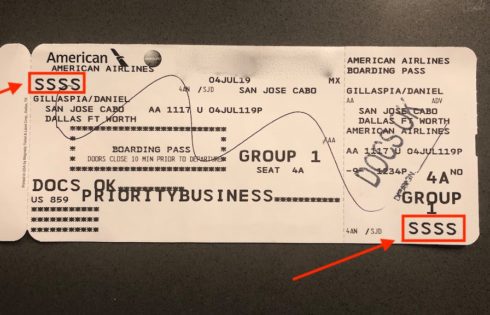
Getting through TSA and airport security is already stressful enough but there’s an additional screening method that you might be subjected to at times. And it happens when you find
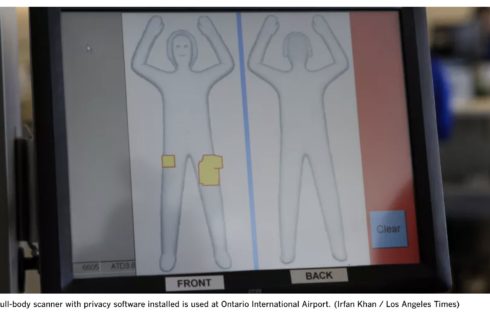
Do you ever worry about getting flagged by TSA when making your way through an airport? Well, there’s quite a few things that could potentially trigger you getting flagged by

A lot of people are curious about if they can wear their jewelry like watches and rings when going through airport security. They worry that TSA may not allow them
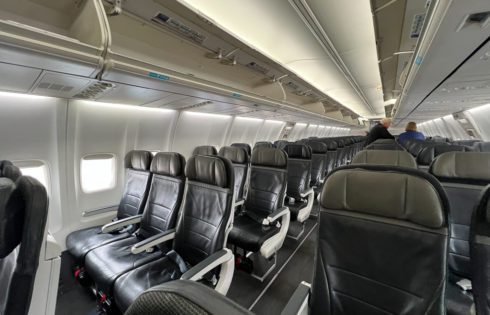
Are you trying to keep your family together on your next flight but struggling to find seats next to each other? You may be surprised to find out that airlines

Are you getting ready to head to the airport sometime soon and wondering what type of items you can bring in your purse on the plane? In this article, we

Are you thinking about bringing glass objects through TSA security and on a plane? The good news is that this is most likely possible but you definitely want to be
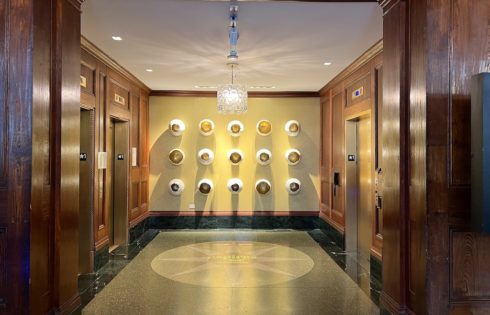
You booked your room, got your confirmation, and showed up on time—so how can the hotel tell you they have no room for you? Welcome to the world of being
| Cookie | Duration | Description |
|---|---|---|
| cookielawinfo-checkbox-analytics | 11 months | This cookie is set by GDPR Cookie Consent plugin. The cookie is used to store the user consent for the cookies in the category "Analytics". |
| cookielawinfo-checkbox-functional | 11 months | The cookie is set by GDPR cookie consent to record the user consent for the cookies in the category "Functional". |
| cookielawinfo-checkbox-necessary | 11 months | This cookie is set by GDPR Cookie Consent plugin. The cookies is used to store the user consent for the cookies in the category "Necessary". |
| cookielawinfo-checkbox-others | 11 months | This cookie is set by GDPR Cookie Consent plugin. The cookie is used to store the user consent for the cookies in the category "Other. |
| cookielawinfo-checkbox-performance | 11 months | This cookie is set by GDPR Cookie Consent plugin. The cookie is used to store the user consent for the cookies in the category "Performance". |
| viewed_cookie_policy | 11 months | The cookie is set by the GDPR Cookie Consent plugin and is used to store whether or not user has consented to the use of cookies. It does not store any personal data. |
